Land Rover
What if we could support the launch of a new category of phone in collaboration with Brandwave and Bullitt Group?
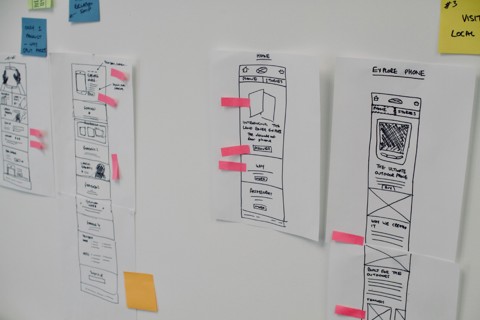
Working with Brandwave, a leading sports marketing agency, we helped with the UX design part of a longer engagement with their client. What they wanted help with was the user experience design of the website that would communicate the launch of a brand new product, launching Summer 2018.
We were given two weeks, with a number of questions to answer. The initial anticipated outputs consisted of a number of page templates, a sitemap and some user testing. With the Design Sprint methodology, we were able to produce those outcomes including a human-tested prototype.
— Ross Chapman, Product Designer
Brandwave were working with their client Bullitt Group, a company who create mobile devices, such as the Caterpillar and Kodak phones. They were keen to understand more about how they could better serve user needs not just on the website, but in their other activity, including marketing and in-store with their next smartphone, the Land Rover Explore: Outdoor phone.
The long term goal: To create the category of ‘the outdoors phone.’
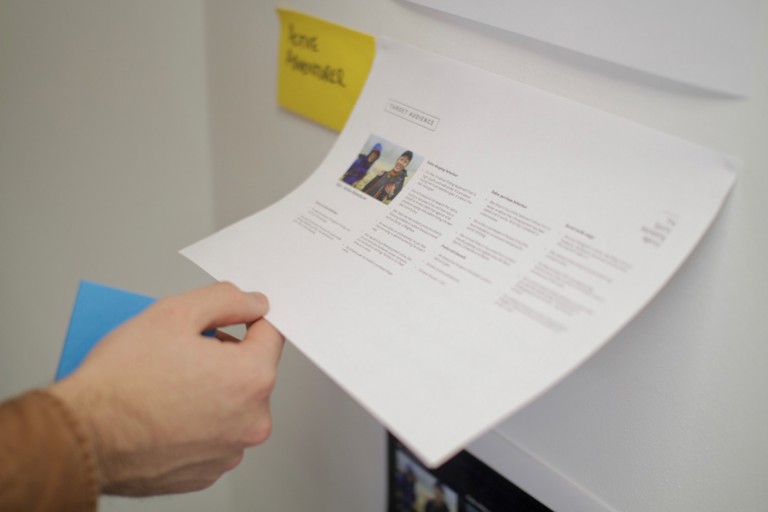
Can we use a Design Sprint to answer this?
We believed so, but we weren’t sure. I had read that Design Sprints are well-suited to new products and with three companies working together, we needed both structure and high-speed delivery.
We proposed a two-week Design Sprint and with Christmas and launch constraints, the first week was just before the festive period. We also knew that we wouldn’t get much time together in the same room, so we planned to start with a 1-day workshop all together, and then within the sprint, check in occasionally where needed. What that meant was on that first workshop, we covered a lot of the day 1 activities.
With much to learn, we collaborated in a workshop before the sprint for two key reasons:
- to demonstrate how we would work together
- to start understanding the challenge and what had be learnt already
We started using some of the exercises from the Design Sprint to make decisions. We talked about the long-term goal and how we could measure it. We asked what questions we wanted to learn and also ran some Lightning Demos.
The approach
Knowing what we needed to do, we ran the Sprint. We decided quite early on that we would run a Design Sprint lite, meaning, we would take the exercises as we understood them and in doing so, run before we can walk. We didn’t have time to fully learn the exact ins and outs, but we were confident that with a firmer structure, we could deliver real value in a short space of time.
We had daily check-ins with the rest of the team, as they were committed to working on the product itself.
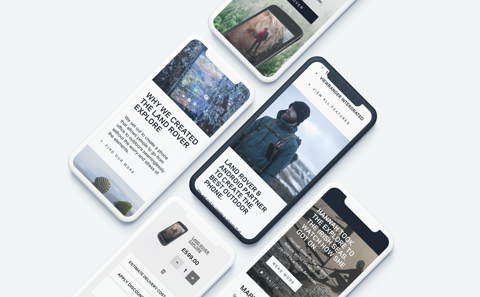
Day 1
On Day 1, Will and I decided to immerse ourselves into Land Rover as best we could, by posing as interested buyers at a local dealership! Understand how the brand communicates to customers helped us get in the zone. We also went to a local phone retailer to see and understand what the marketplace was like. Talking to a sales representative, we mentioned that phones were ‘fully featured’ and if they wanted to be more rugged or better at performing in the outdoors, then customers would buy a case.
Understanding how people solve the problem at the moment was a key advantage to understanding the challenges we would face communicating the value of an outdoors phone.
Day 2
We were keen to understand what this would look like, so in earnest, we went through the needs of the business and started sketching how that might look.
We focussed on a mobile viewpoint to start with, as the usage from the Caterpillar and Kodak product websites pointed to a higher proportion of mobile views on their websites. We had to decide on one to focus on, so we went with mobile.
Day 3
Once we knew what to design, we started working on the user interface design within Sketch. We were doing well for time and built a desktop version too, to understand any issues in responsive development after the sprint.
Day 4
User testing day was upon us. We had lined up around six users and tested the mobile prototype with half and desktop with the other.

Iteration
With the actions from the user tests the previous week, we took the actions and iterated the prototype.
Because we were running a light Design Sprint, we actually used a Lightning Decision Jam to identify the issues, reframe as How Might We’s and put together solutions that we then voted on.
We iterated the designs, also taking feedback from Brandwave and Bullitt Group too on some aspects that they wanted to learn more about. Will and I both sketched solutions, each silently voting on the parts of the solution that solved the problems best.
To finish the iteration sprint, we did a final round of user testing with the actions of that going into the product backlog.
Outcome
We delivered the desired outcomes and started working in new ways with some Design Sprints exercises. While not totally to the book, the exercises did enable us to provide real value and get to the learning faster than a normal product design project.
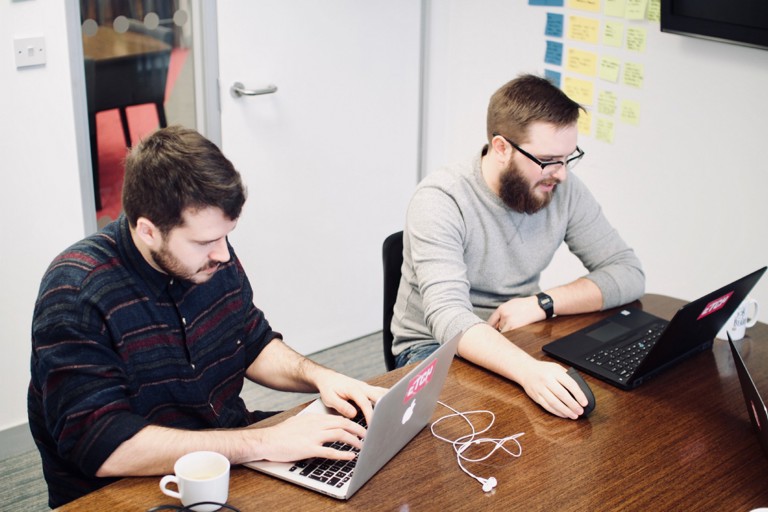
Will Ayling running a user test with a participant.
Reflection
The Design Sprint method has enabled the Innovation Team to design and test new concepts for boosting children’s early learning in just five days. The team has learned a great deal about how to make key decisions rapidly and validated and invalidated ideas with user feedback before investing heavily into concepts to put into production later.
Small groups make a big difference
We demonstrated the value of working within a small group and how using time as an asset can keep momentum and get things done. Time-boxing decision making and design made for a rapid process and that in itself made the project exciting, lightning fast and valuable.
Etch works well with others
We also demonstrated once again that we worked with others well. Brandwave have recently come back to work with us on a second Design Sprint, so we’ve benefited from identifying new ways of working too.
Backlogs
Aside from the human-tested clickable prototype and the learning throughout, Brandwave and Bullitt Group now have a product backlog that their designers, developers and project managers can work through to action the decisions made within the two week sprint.
We worked fast. I loved this project and it really demonstrated the value of relying upon a battle-tested product design methodology like Design Sprints
— Ross Chapman, Product Designer
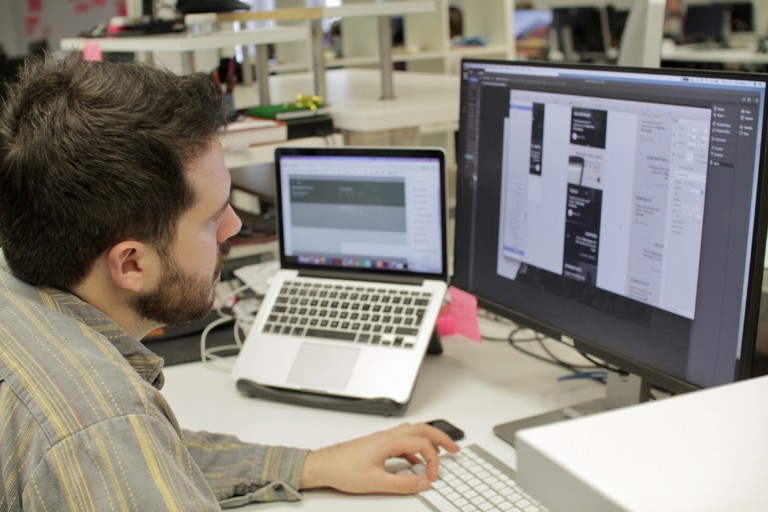
Value creation through design thinking
Etch helps leading organisations solve critical business problems before they invest the time and effort into building and launching, de-risking the bold moves necessary for businesses to grow.
